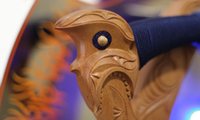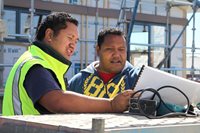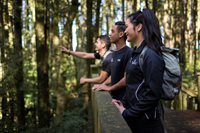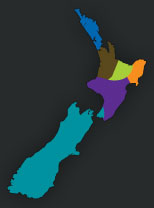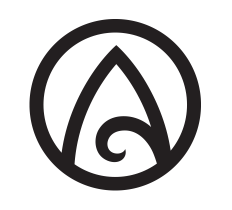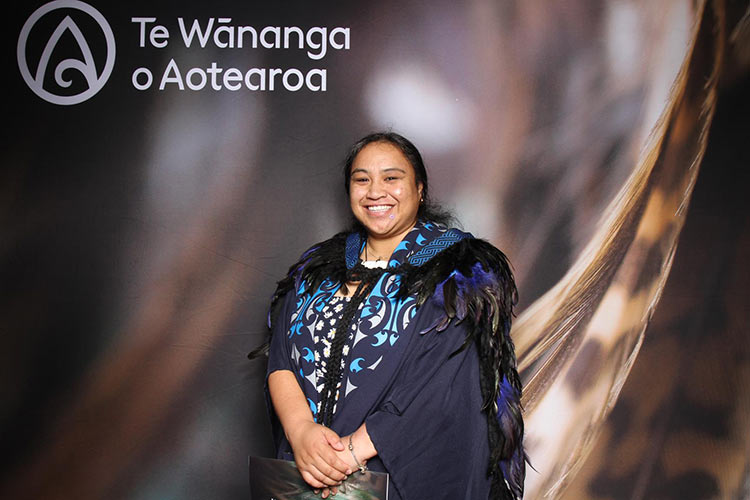Ōpōtiki tauira weaving cages that will protect marine life from a deadly starfish in the Ōhiwa Harbour.
Te Wānanga o Aotearoa tauira are using traditional methods and mātauranga Māori to rid their waters of a contemporary pest.
The raranga tauira in the Level 3 Kāwai Raupapa programme and Toi Paematua tauira in Ōpōtiki, are using their skills to battle Coscinasterias calamaria, an 11-legged starfish that is devastating their kapata kai (food source) in the Ōhiwa Harbour.
Roka Ngarimu-Cameron, who is a kaiako at Te Wānanga o Aotearoa in Ōpōtiki said the starfish were "wiping out everything" in their local waters.
"They're definitely causing an imbalance because they eat everything," said Ms Ngarimu-Cameron.
"They are wiping all of the kūkū out in our harbour."
Ms. Ngarimu-Cameron's tauira recently teamed with NIWA staff led by Dr. Kura Paul-Burke to battle the voracious critters by trialing a traditional approach to their contemporary problem.
Tauira are using a specific harakeke that produces a high quality muka and tī kouka to create biodegradable mussel spat lines.
Aby mussels attach themselves to the spat lines out of reach of the starfish.
"We are making the mussel spats with harakeke but we are also using tī kouka, which lasts longer.
"We also use a traditional buoy - a native New Zealand cork called hauama - to hold the buoy up. It's about experimenting with what our tlpuna used back in the day."
Tauira are also using the skills they've learned through mahi tāruke (crayfish pots) and kupenga (fishing nets) to make cages.
NIWA have asked the tauira to create four cages, each a metre-high, a metre-wide and two metres long.
The cages, which allow other marine objects to pass over them while protecting marine life from the starfish, will be placed in the east and west side of the Ōhiwa Harbour.
NIWA will monitor their effectiveness when the trial starts at the end of June.
"We are building these cages to protect the mussels from the starfish with these traditional materials so it can just rot away instead of using materials like steel," said Ms. Ngarimu Cameron.
"This natural material disintegrates. It's something that I don't think has been attempted before."
Ms. Ngarimu-Cameron was hopeful that the trial would be successful so more people could benefit from their mahi in the future.
“We are happy to be using the methods our tipuna did to address these kinds of problems. And if it works it might mean a job for someone to make them."


